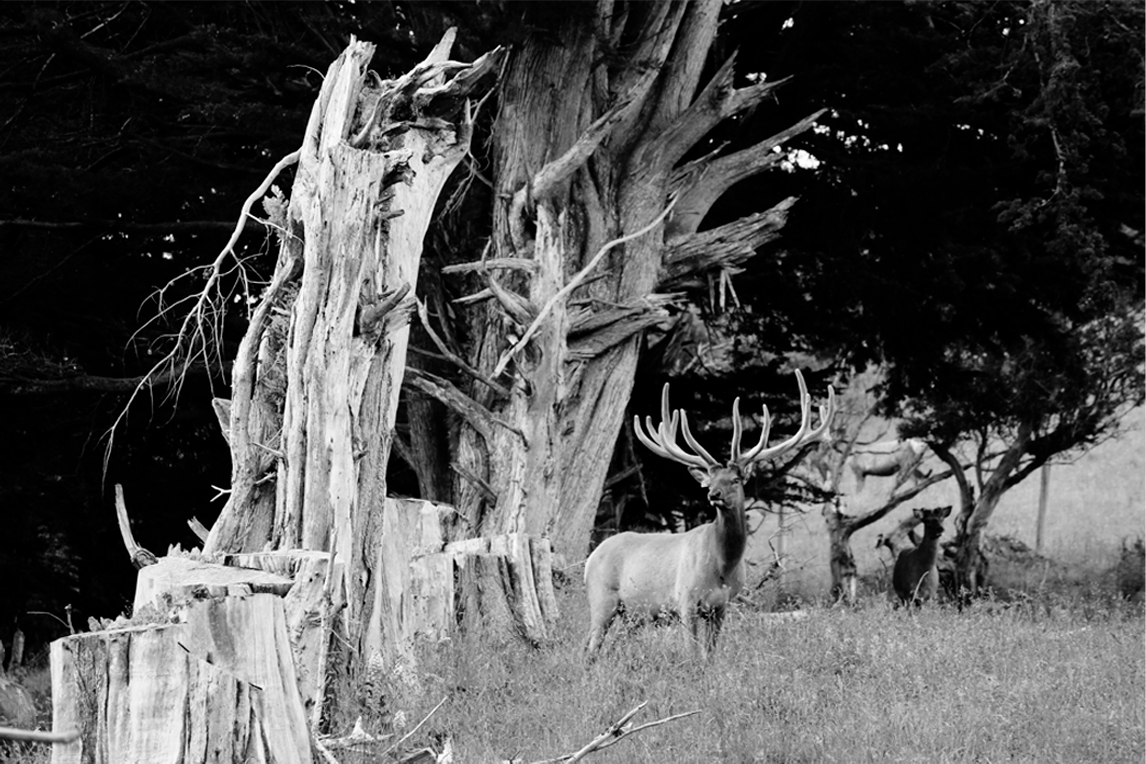It is important to consider the layout of a property carefully, making sure that paddocks and races are suitably set up to facilitate deer mob movements and handling between paddocks and into the deer shed. The key to a well set up deer property is a well positioned central race.
Property layout
- Paddocks should be laid out to take advantage of natural shelter, or topography, e.g. paddocks that are to be used for velveting stags should be located in an area where there is no visual, or downwind contact from females.
- Shelter is important for deer, especially young stock. Planted shelter between paddocks also provides a visual barrier between adjoining paddocks of animals.
- Fencing off the corners of the paddocks and narrowing down the entrance to gateways can improve stock movements and make mustering easier. The fenced off corners are also an ideal site to plant a few shelter or shade trees, and assist in funnelling deer to the entrance of the gate.
- Gates out of the paddock and into the race should be positioned so they are obvious to the mob of deer trotting down the fence line. The best position for the gate is usually where the deer naturally gather when mustered.
Paddock size
The size of the paddocks should take into account the required stocking rate to achieve enough grazing pressure to achieve high pasture quality and quantity (see feeding section for advice on pasture quality). The size of the paddocks should also take into account what they are to be used for. A number of smaller paddocks are useful when dividing up the hinds come mating, or fawning time. Most farmers will put their hinds into suitable groups, e.g. two-year-olds, early and late fawners, investor deer (recorded breeding), elite hinds, etc. Small paddocks located around the deer shed are also useful when mobs are being divided up. However too many small paddocks make supplement (hay and silage) making difficult. A good balance of small and large paddocks is required.
Deer seem to be more settled in large paddocks, and put less pressure on fences. However pasture quality is more difficult to control in larger paddocks. Large paddocks, or paddocks containing forage crops, can be subdivided or break fenced using temporary electric fences. The bottom wire can be left un-electrified when used in fawning mobs to allow the fawns to go under and lie in the long grass, and then opened up when the hinds need access to the saved feed.

